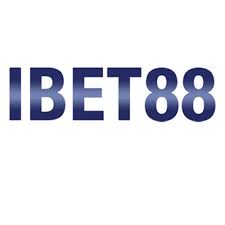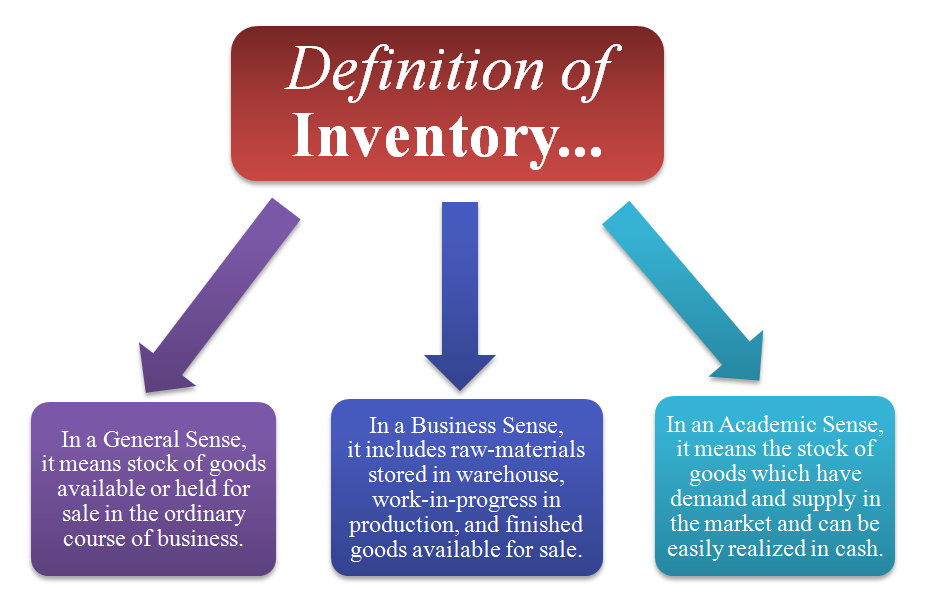This is known as the lower of cost or market value method of inventory valuation. If the cost of inventory exceeds the market value, an adjustment must be made to the inventory value entry on the balance sheet. Such a situation would usually occur because of a negative change in the market value of the inventoried asset. Generally accepted accounting principles (GAAP) require that all inventory reserves be stated and valued using either the cost or the market value method, whichever is lower. However, accountants who apply GAAP to inventory reserves often use a significant amount of personal judgment.
Automated Tracking Systems
It represents the direct costs incurred in producing or acquiring the goods sold during a specific period. Calculating COGS involves considering the beginning inventory, purchases or production costs, and ending inventory. Accurately determining the value of ending inventory is crucial for calculating the COGS and ultimately determining the company’s profitability. accounting data entry Inventory assets refer to the goods and materials that a business holds for production, sale, or distribution. There are different types of inventory, including raw materials, work in progress, and finished goods. Raw materials are the basic components used in production, while work in progress represents products that are still being manufactured.
Choosing the right inventory accounting method for your business
- The finished goods are then stored in warehouses or distribution centers, waiting to be delivered to retailers, wholesalers, or directly to end consumers.
- Methods that assign higher costs to COGS, like LIFO during inflation, can decrease gross profit, while methods like FIFO can increase it by assigning lower costs.
- IFRS Standards define an onerous contract as one in which the unavoidable costs of meeting the obligations under the contract exceed the economic benefits expected to be received.
- The specific identification method involves tracking the cost of each inventory item separately and assigning the specific cost to each unit sold.
Managing inventory and determining the turnover rate can help companies determine just how successful they are and where they can pick up the slack when the profits begin to dry up. When an inventory item is sold, the item’s cost is removed from inventory and the cost is reported on the company’s income statement as the cost of goods sold. Cost of goods sold is likely the largest expense reported on the income statement. When the cost of goods sold is subtracted from sales, the remainder is the company’s gross profit.
Inventory Formula
The lower boundary, called the floor, is in place to remove the opportunity for a company to unrealistically overstate profit by understating the value of its inventoried assets. The floor applied to the market value of inventory is such that the stated market value must not be lower than the NRV minus an approximation of profit realized from the asset’s sale. Days inventory outstanding — regularly abbreviated as DIO — is a financial metric that measures the average number of days it takes your company to sell its entire inventory.
What Are The Main Inventory Costing Methods?
A manufacturer must disclose in its financial statements the cost of its work-in-process as well as the cost of finished goods and materials on hand. It is critical that the items in inventory get sold relatively quickly at a price larger than its cost. Without sales the company’s cash remains in inventory and unavailable to pay the company’s expenses such as wages, salaries, rent, advertising, etc. Inventory accounting also helps businesses find opportunities to reduce costs, such as by sourcing from new suppliers, using inventory control systems, and automating business processes. This is where inventory management software, and ERP systems like NetSuite, combined with NetSuite accounting services can make a big difference to your bottom line.
Managing products means a whole lot more than simply knowing what’s in stock at any given time. Cycle inventory includes items you use regularly in the production and sale of products. Inventory accounting helps you increase profits by stocking in-demand inventory and getting rid of unprofitable items. We will cover inventory accounting best practices, including inventory tracking, and the key inventory accounting concepts you should know. COGS and the write-down reduce the carrying value of the company’s inventories, whereas the purchase of raw materials increases the carrying value.
Since they purchase goods from manufacturers and resell them to consumers at small margins, they have to manage their purchasing and control the amount of cash that is tied up in merchandise. Regular inventory audits are essential for maintaining accurate inventory records. Audits help identify discrepancies between recorded inventory and physical counts, detect theft or loss, and ensure compliance with accounting standards. Businesses should establish audit procedures and schedules to maintain the integrity of their inventory data. Through the use of accounting software such as FreshBooks, you can further streamline your inventory accounting process. Inventory accounting is the section of accounting that deals with the valuation of products in your inventory.
For example, LIFO can defer tax liabilities by increasing COGS, thereby conserving cash in the short term. Conversely, FIFO may lead to earlier tax payments due to lower COGS and higher taxable income, potentially reducing cash flow. Effective inventory management goes beyond mere compliance—it can serve as a strategic tool for optimizing profitability and efficiency across various industries. Each sector may adapt different practices tailored to its unique demands, highlighting the versatility and significance of inventory accounting in the business world.




